What are the MOST Common Plants in New York?
Finding the MOST Common Plants in New York was harder than I thought. Some require extensive care, others are prone to pests, and lots are just not simple & quick enough to maintain.
That’s why I created a list of the 10 MOST Common Plants in New York!
This ultimate guide will give you the Most Common Plants in New York, why you should grow them, and even how to grow them.
Read THIS Before Growing Plants in New York
Knowing what hardiness zone New York is in is critical to understanding the best plants that can be grown.
It can be the difference between your garden and yard thriving or dying.
New York is mostly considered Hardiness Zone 5, while some of the lower-level regions are Hardiness Zone 6.
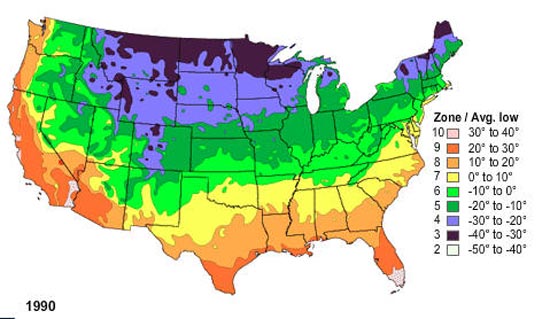
10 MOST Common Plants in New York
#1. Aster

Popular Varieties: New England, Alpine, Calico
Why Grow Aster in New York?
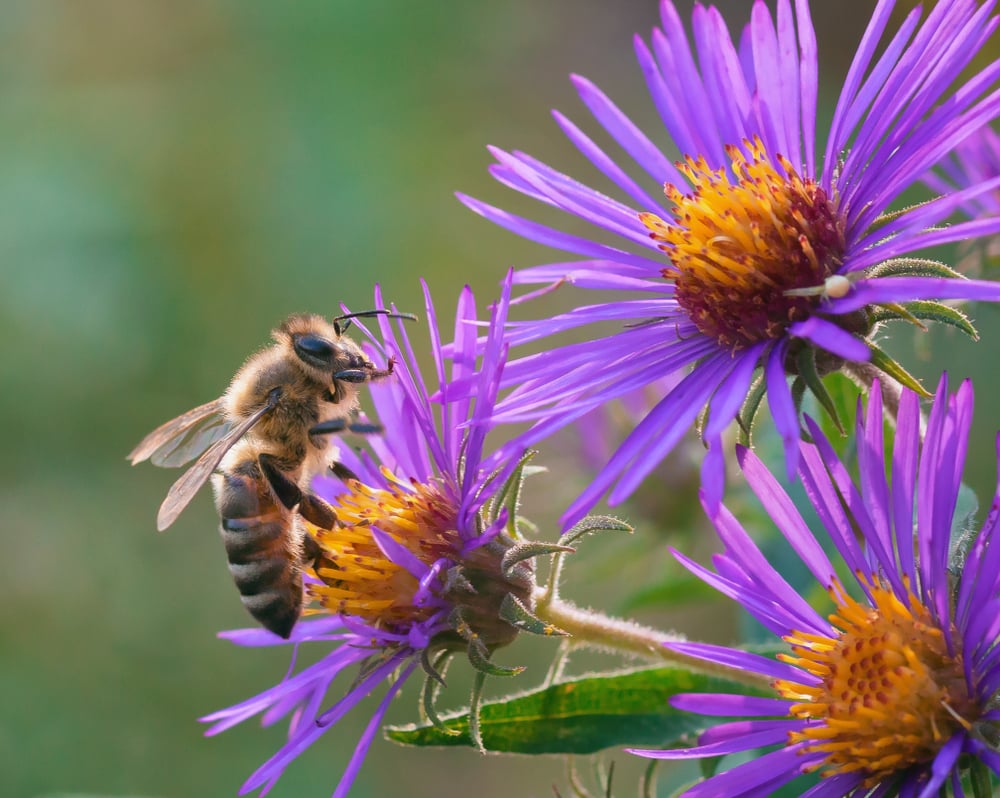
Thrives in Heat:
- Aster is a great flower that can bloom in late summer all the way until late fall. You’ll notice the hotter it is the more blooms there are!
Low-Maintenance:
- New York flowers are low maintenance. And aster is one of the easiest flowers to grow. They require no deadheading for more blooms and can grow almost anywhere.
Perfect for ANY Garden:
- Some flowers require all sun or all shade to grow. Not Aster. They can grow anywhere in your garden, in hanging baskets, window boxes, and anywhere else you can think of. As an added bonus they can even attract pollinators.
Related: BEST Flowers to Attract Pollinators
THESE Could Harm Your Aster
Humans:
- Like many other flowers, the biggest threat to flowers is humans. Most of the time you may accidentally destroy them with too much care, with the lawn mower, or even trying to prune them too much.
Additional Resources
Did you know that flowers like Aster are not only easy to maintain and care for, but are considered native flowers that can attract beneficial insects and pollinators?
#2. Daisies

Popular Varieties: English, African, Shasta
Why Grow Daisies in New York?
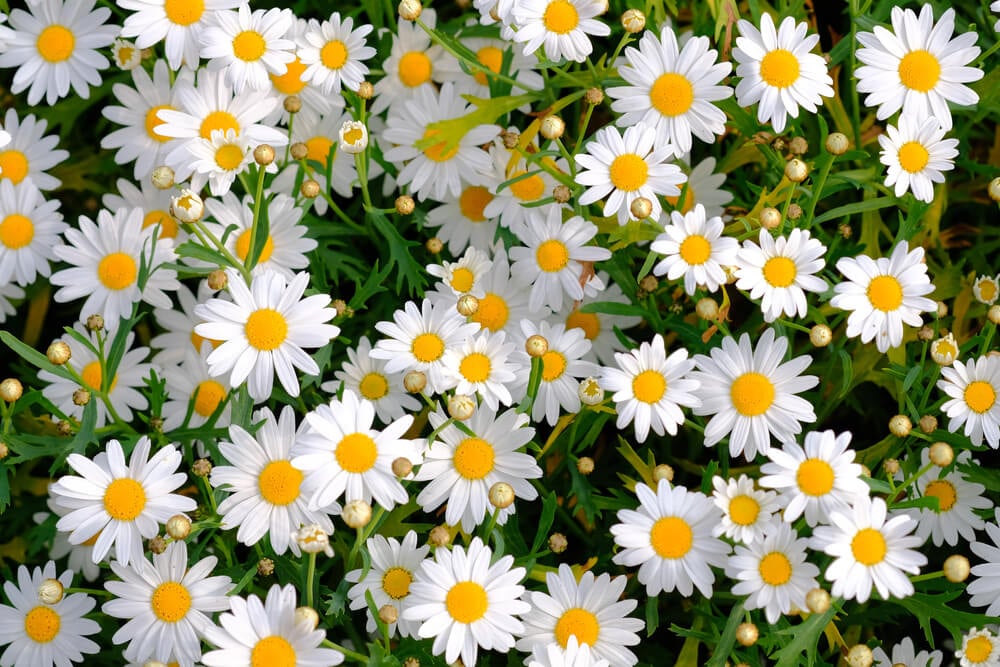
Beautiful Summer Blooms:
- Daisies are a great flower if you want a plant it and forget about it flowers. Plant bulbs in the fall and actual plants in the spring and watch this beautiful flower come back year after year with little to no maintenance.
Heat-Tolerant:
- Not every plant on this list can tolerate heat and full sun. Daisies thrive the hotter it gets and the more sunlight it receives, making this the perfect flower to plant anywhere in your yard.
Pest-Resistant
- It seems like deer and rabbits will eat almost any flower or plant in your garden. Deter them from your flower garden with the pungent flavor of daisies.
THESE Could Harm Your Daisies
Humans
- Before Daisies bloom their plant looks like weeds. Sometimes humans will accidentally mow them, cut them, or remove them before they have a chance to grow and bloom.
Diseases & Fungus
- Wet conditions and cold conditions usually mean more disease and fungus. While it does not happen often daisies plants come fall prone to fungus and disease and cause no blooms or death of the flower.
Additional Resources
Learn More About Daisies HERE
#3. Goldenrod

Popular Varieties: Giant, Canada, Late
Why Grow Goldenrod in New York?
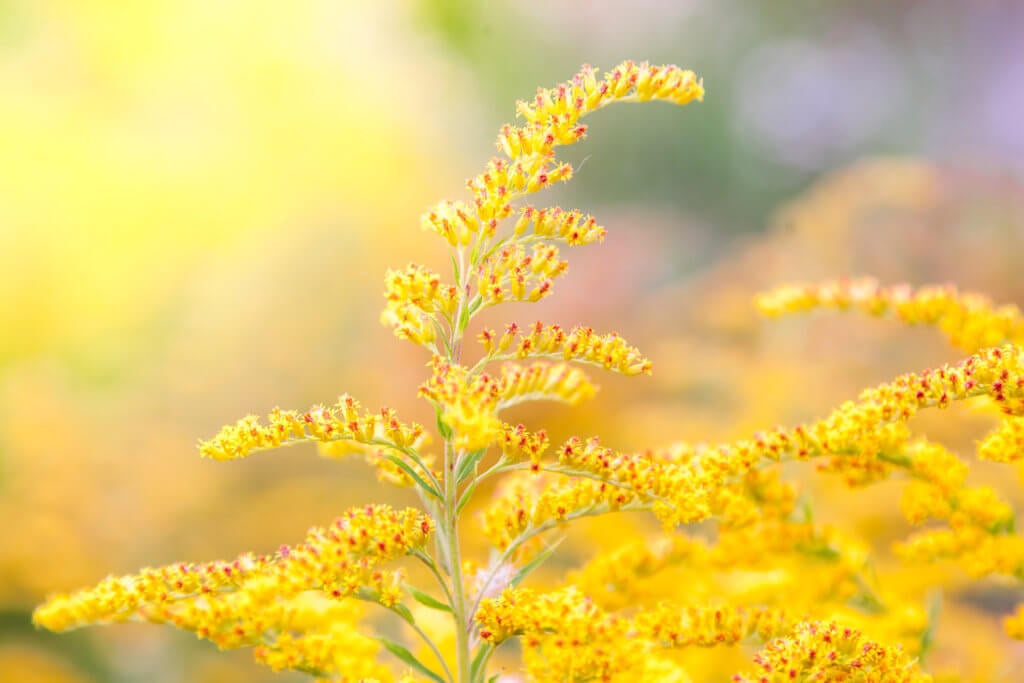
Low Maintenance:
- Goldenrod is the easiest flower to grow. You do not need to fertilize it, barely need to water it, it can be planted in any soil, and you never have to worry about it!
Perfect for Pollinators:
- Most of the flowers on this list bloom in spring and summer. But what happens when bees and other pollinators need to feed on fall plants? Plant Goldenrod and you will not only have to worry about that, but pollinators will be thrilled!
THESE Could Harm Your Goldenrod
Garden Pests:
- Like several other flowers on this list, Goldenrod is prone to garden pests. Unlike other flowers garden pests are a main source of food for both beneficial and harmful insects in the fall.
Additional Resources
Did you know that honey made from goldenrod will actually taste different than other types of honey?
#4. Bee Balm

Popular Varieties: Scarlet, Wild, Lemon, Spotted
Why Grow Bee Balm in New York?
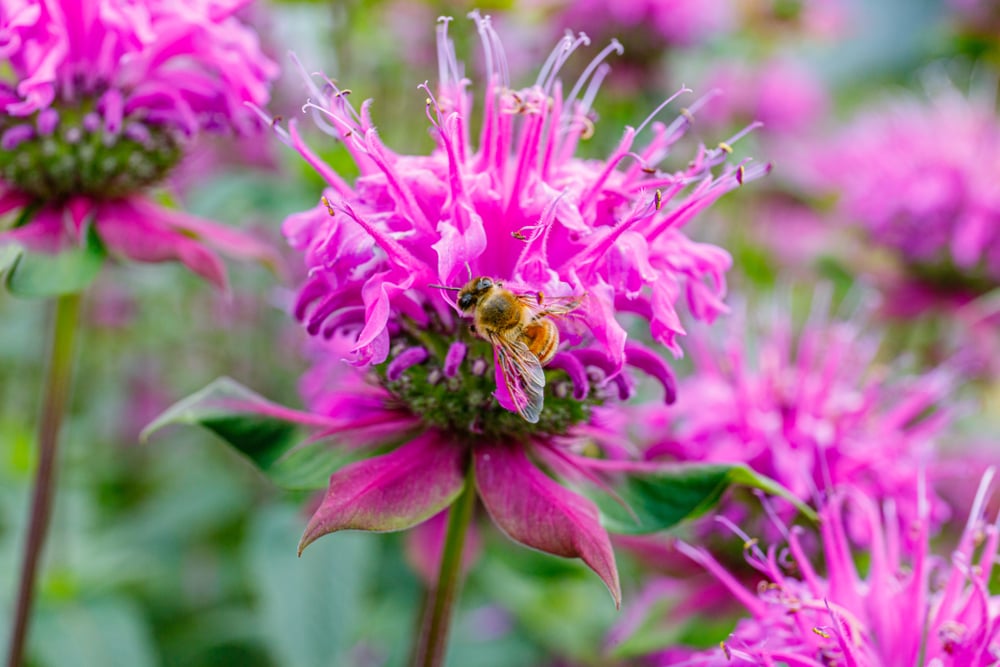
Thrives in the heat:
- While you can plant your Bee Balm in the fall for a headstart, Bee Balm will have beautiful blooms in early spring to late spring no matter how hot the weather gets.
Easy to Grow from Seed:
- Bee Balm is the easiest and most popular type of flower to grow from seed. It requires less sunlight, water, and care to germinate compared to other flowers during the winter.
Perfect in All Types of Gardens:
- Some flowers only do well in certain soil. Not Bee Balm. You can grow this flower in any soil and it will thrive.
THESE Could Harm Your Bee Balm
Too Much Water:
- Bee Balm is beautiful flowers, but if the soil gets too wet fungus can cause root rot. Not only this, but it can affect the colors and how long blooms last.
Additional Resources
Did you know Bee Balm is one of the best flowers to attract not only birds but hummingbirds?
#5. Milkweed

Popular Varieties: Common, Butterflies, Swamp
Why Grow Milkweed in New York?
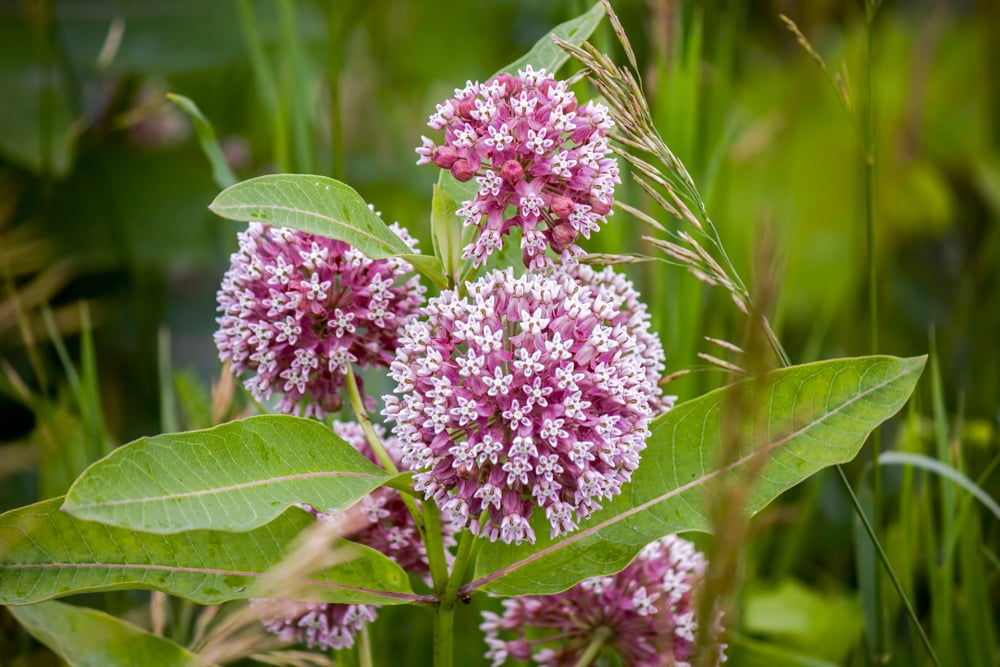
Beautiful:
- Not only is milkweed easy to maintain, but it is beautiful. Expect lovely shades of pink and purple all summer long to attract monarch butterflies and other pollinators.
Perfect for Any Yard:
- Some flowers only do well in certain soil and sunlight. Not Milkweed. You can grow them in containers, window boxes, raised garden beds, and even in poor soil.
THESE Could Harm Your Tulips
Humans:
- Not many elements can affect milkweed. It thrives in heat and cold. Disease and pests don’t bother it. Typically, humans destroy it on accident because they do not realize it is a perennial flower and pick it early and don’t realize how great of a pollinator it is and remove it from the soil.
Additional Resources
Did you know milkweed is the perennial flower of choice for Monarch Butterflies? You’ll attract more butterflies with milkweed than any other flower.
#6. Dogwood Tree
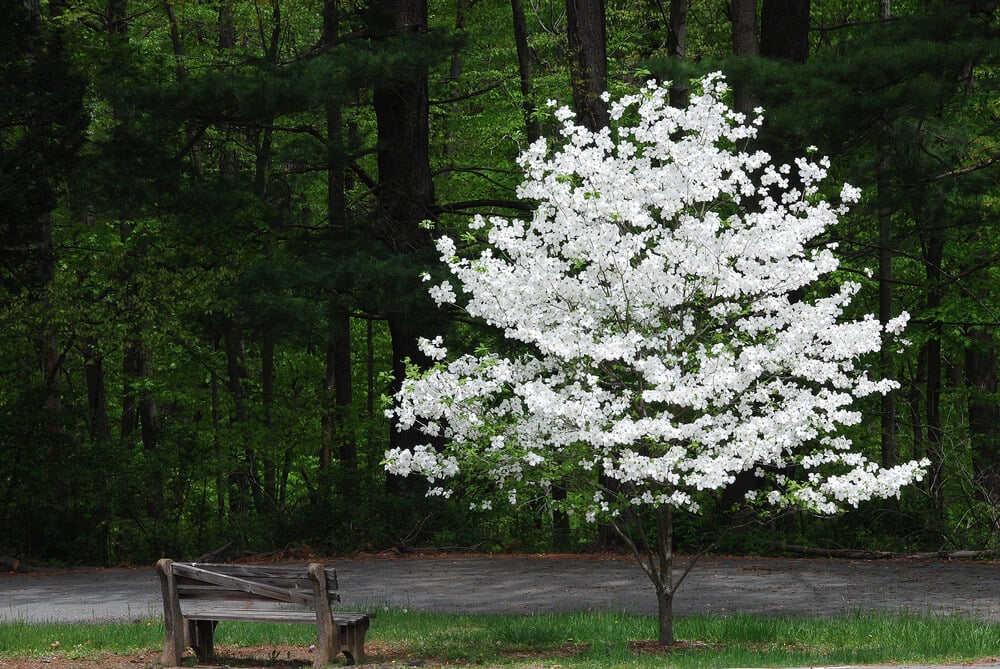
Popular Varieties: Common, White, Pagoda, Cornelian
Why Grow Dogwood Trees in New York?
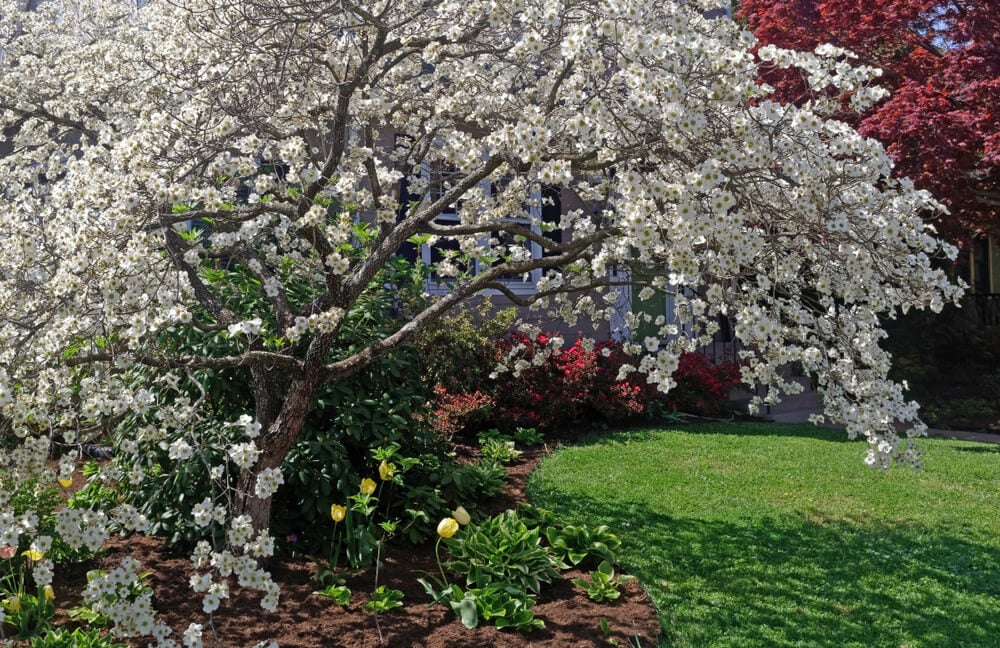
Perfect for Gardens:
- If you are a gardener that wants a smaller tree that will benefit your garden then you want to grow a dogwood tree. This tree has beautiful flowers that will attract pollinators. It also serves as a home to attract animals that can benefit your garden. And is small enough to fit into or by most gardens!
Color:
- Dogwood Trees are known for their beautiful spring blooms. If you want to add some of the most beautiful colors into your front or even backyard without having to prune or perform any maintenance then plant a dogwood tree in New York.
THESE Could Harm Your Dogwood Trees
Disease:
- Dogwood trees are affected by almost the exact same type of diseases as fruits, vegetables, and herb plants. Expect root rot, canker, mildew, and even mold to potentially harm your tree.
Additional Resources
Dogwood Anthracnose is one of the deadliest diseases of your dogwood tree. It has affected trees since the 1980s and has killed millions of trees. Because of this, you will want to take extra care of your newly planted tree!
#7. Daffodils

Popular Varieties: Trumpet, Large Cup, Small Cup, Double, Triandrus
Why Grow Daffodils in New York?

Little Care:
- These low-maintenance flowers require very little care. You don’t have to prune it or deadhead it to have more flowers bloom. Not only this, but it thrives in cold and hot!
Hardy:
- Daffodils are probably the hardiest flower on this list. They can survive long periods of cold, heat, garden pests, and sometimes even disease and fungus. You plant them and they’ll keep coming up year after year.
THESE Could Harm Your Daffodils
Garden Pests
- Daffodils can quickly be eaten in early spring by garden pests like deer and rabbits who are hungry. Typically this happens before any type of flower grows.
Frost
- While cold and frost won’t hurt a daffodil, if it happens late in spring when flowers have bloomed it will stunt, diminish color, and even kill the flower bloom itself.
Additional Resources
Learn More About Daffodils HERE
#8. Crabapple Tree
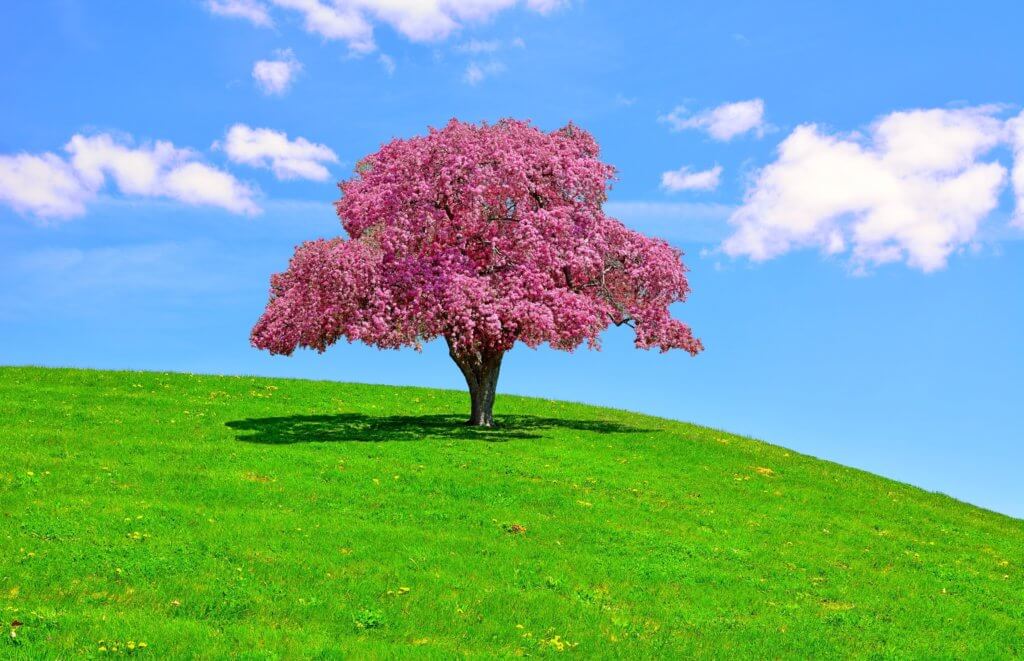
Popular Varieties: Harvest Gold, Snowdrift, Golden Hornet, Sugar Tym
Why Grow Crabapple Trees in New York?
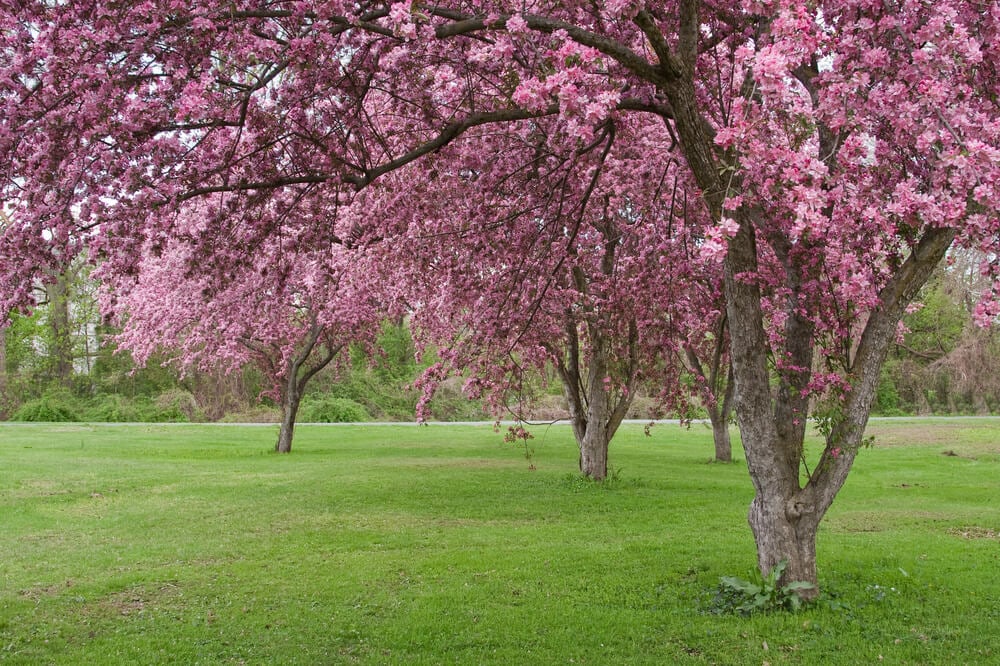
Great Cross-Pollinator:
- Out of all the trees on this list the crabapple tree is the best cross-pollinating tree. It should be planted near apple, pear, and cherry trees to help attract pollinators and encourage more fruit growth.
Easy to Grow:
- The Crabapple tree is the easiest tree on this list to grow. You can plant it anywhere in your yard, in any type of soil, full-sun or shade, and in any space.
THESE Could Harm Your Crabapple Trees
Old Age:
- When it comes to Crabapple Trees there is very few if any things that can harm your crabapple trees. Old age is typically the only thing you have to worry about. When your crabapple tree gets older it is best to cut it down as it may attract harmful insects and pests to other trees by it.
Additional Resources
If you are interested in learning about some of the trees that crabapples can pollinate check out my articles about apple trees and pear trees!
#9. Black-Eyed Susans
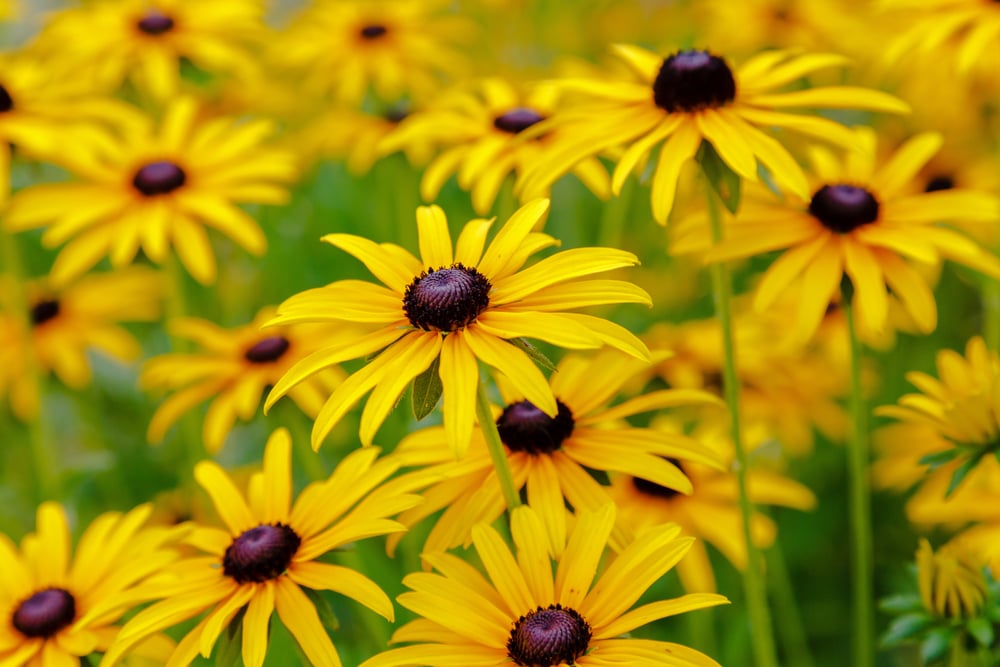
Popular Varieties: Black-Eyed Susan, Brown-Eyed Susan, Cutleaf Coneflower
Why Grow Black-Eyed Susans in New York?

Thrives in Droughts:
- Black-Eyed Susan do extremely well in droughts and although flowers may not bloom as plentiful, they will still thrive.
Perfect for All Gardens
- Black-Eyed Susans are the perfect flower that can be planted anywhere in your yard, garden, and even inside your house for all-year summer blooms. While they thrive in gardens they also do well in compacted soil or in mulched areas of your yard.
Attracts Pollinators:
- If you want to attract butterflies, bees, and birds to your flowers and garden all summer long then grow black-eyed Susans! This is the perfect flower to attract pollinators not only in the summer but even in early fall.
THESE Could Harm Your Black-Eyed Susans
Weeds:
- There aren’t many items that can harm or kill your black-eyed Susans. One of the few things that can harm your flower is weeds. Once weeds begin to take over your garden or yard they will overtake your flower, hindering it from growing and blooming.
Additional Resources
Learn more about black-eyed susans and other spring flowers that attract pollinators HERE.
#10. Coneflowers
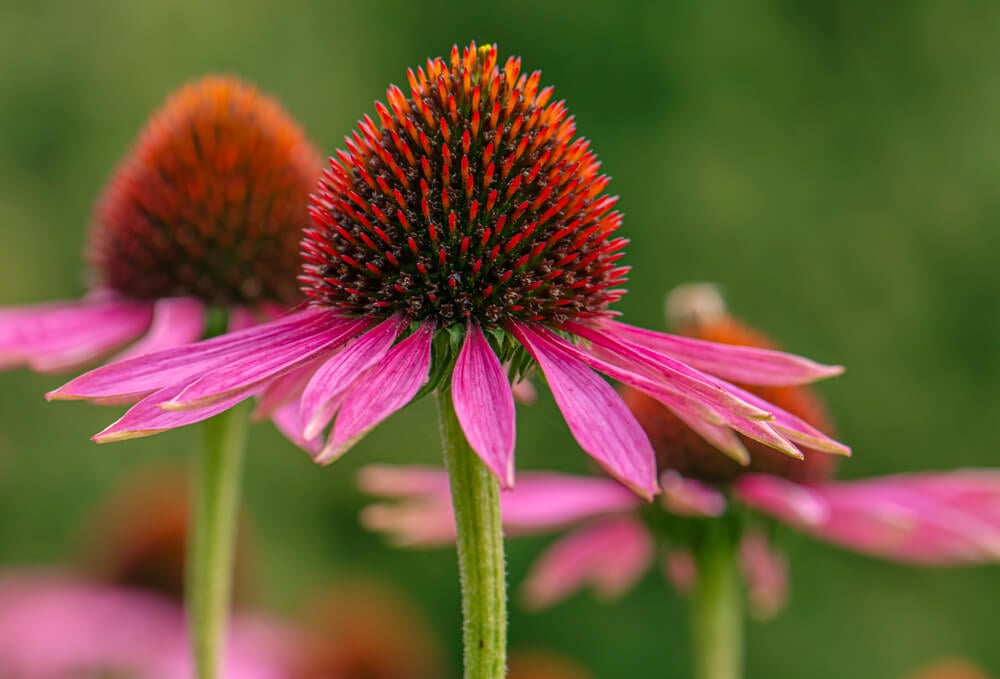
Popular Varieties: Purple, Yellow, Pale Purple
Why Grow Coneflowers in New York?
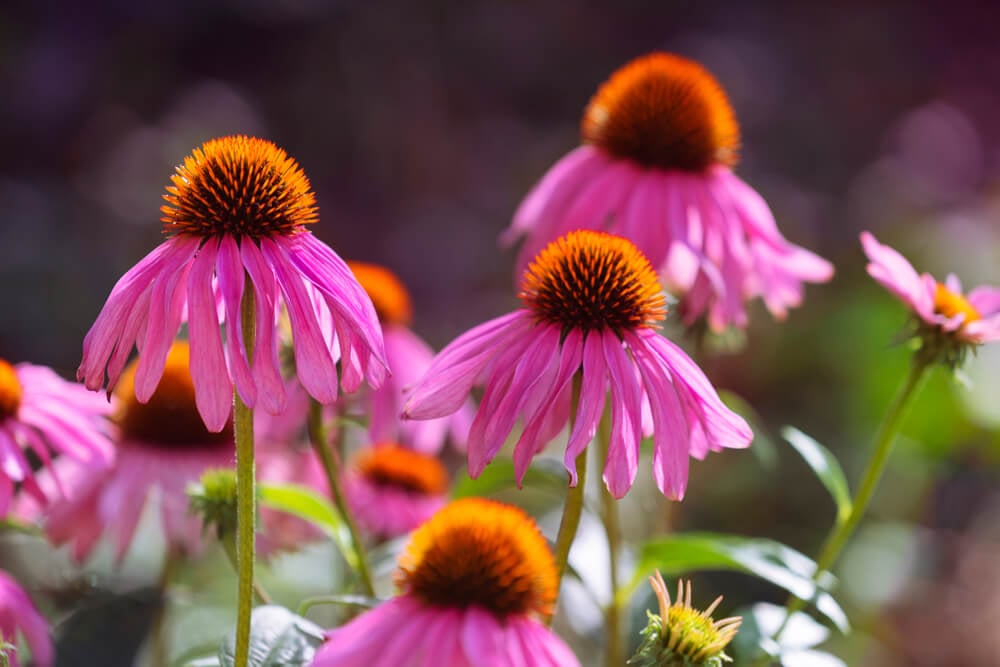
Perfect for All Summer Gardens:
- Coneflower flowers are the perfect flower that can be planted anywhere in your yard, garden, and even inside your house.
Numerous Varieties:
- There are almost 24 variants of Coneflower flowers. They come in many sizes and bloom in beautiful colors of pink, purple, white, yellow, etc. They are easy to grow and can be planted anywhere in the world making them a favorite of beginner flower gardeners.
THESE Could Harm Your Coneflowers
Insects
Garen pests won’t bother coneflowers, drought and rain won’t either, but insects will. Japanese beetles, potato whiteflies, aphids, and mites will not only harm but destroy your coneflowers.
Additional Resources
Learn How to Grow Coneflowers HERE
Common Growing Factors of New York’s Common Plants
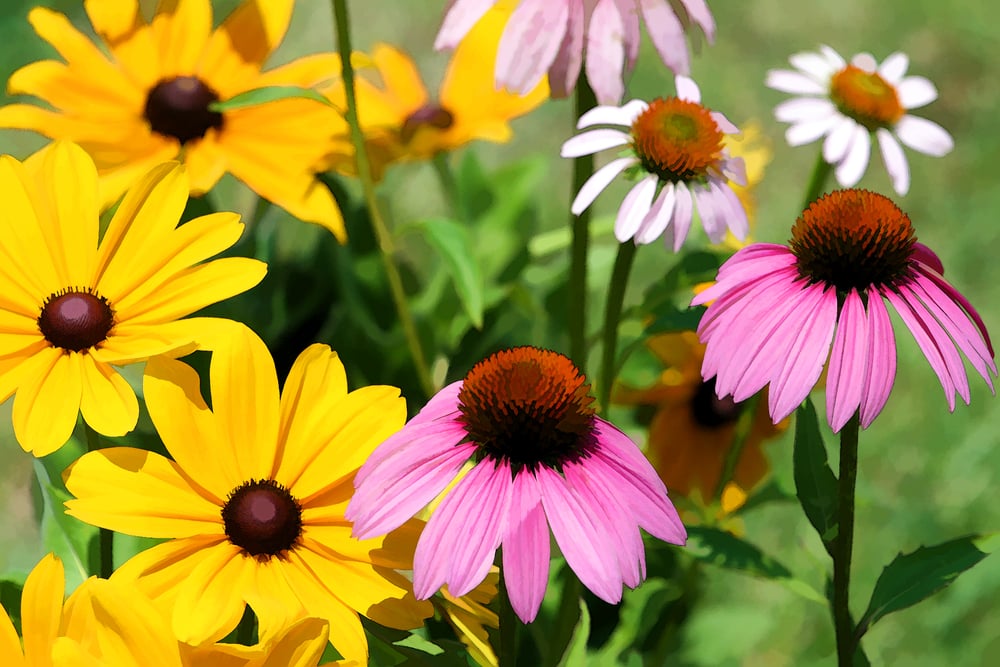
As a reminder, the below factors are common for the MOST Common Plants in New York:
- Thrives in Heat & Drought
- Thrives in Cold
- Can Grow anywhere in your yard
- Hardy against Pests & Insects
- Requires Little Care & Water
- Attracts Pollinators
- Ground Covers
- Great for Small Garden Space
- Durable & Versatile